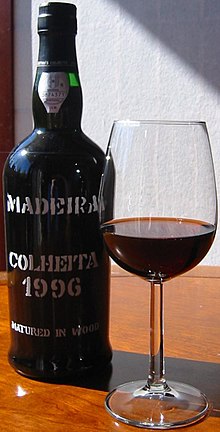Over the years, wine consumption has become more and more popular. With more and more money going into wine both as an investment and for later consumption, the history of the wine will always be in question. With this in mind, many people often wonder how they can properly store their wine and take care of it at the same time.
How you store your wine is extremely important. If you store it right it can lead to euphoria, while if you store it wrong it can lead to depression. When you tear into a bottle of wine that has properly been stored, it can be glorious indeed, while tearing into bottle of poorly stored wine can be quite the letdown. Often times, drinking a bottle of wine that was poorly stored is much like drinking vinegar.
To properly store wine, you"ll need to meet several factors, such as humidity, temperature, lighting, the cleanliness of your storage area, the angle of the bottle while it is stored, and the vibration of the bottle on the rack. The temperature is the most important, as you should keep it around 50 degrees at all times. This way, the lower temperature can help to age the wine. If there are any fluctuations in the temperature, you should make sure that it happens slowly. As long as the temperature doesn't go to high and it fluctuates slowly, your wine should be ok.
The proper level of humidity for storing wine should be around 70%, although it is perfectly accepted to keep it 10% above or below the 70% level. If you have too high of a humidity temperature, the labels can easily rot or mold, which can affect the wine's value. On the other hand, if the humidity gets too low, around 50%, the cork could shrink and bring air into the wine, which would ruin it in little to no time at all.
The angle that wine is stored is important as well. If the wine stays in contact with the cork during storage, the cork won't dry out. If the wine doesn't stay in contact with the cork, the cork could dry out and allow air into the wine. You should also strive to keep the wine out of the light, as light can ruin any type of wine. Light causes the wine to age prematurely, making it in your best interest to store wine in a dark location.
To prevent damage to the wine from sediment, you should also store wine in a location that is free of vibration. If you store wine in places that are free from vibration, it will give the sediment in the bottle ample time to settle. Vibrations are never a good thing for wine, as the sediment becomes unsettled and can ruin the wine or shake it to the point where it tastes horrible.
To protect the quality and investment of your wine, storage and care is very important. Storing it in a proper location will also bring the best taste. In the world of wine, nothing is more disappointing than waiting several years to open a bottle of fine wine, only to find that it is nothing but vinegar. You can prevent this from happening though, by taking care of your wine. Wine isn't hard to care for or store, it just takes the right conditions and location. Everyone loves some fine wine every now and then - which is why storage and care is so very important these days.


 Choosing or building a custom wine storage solution is an important process and Vinotemp works hard to make it a satisfying experience for you.
Choosing or building a custom wine storage solution is an important process and Vinotemp works hard to make it a satisfying experience for you. 

